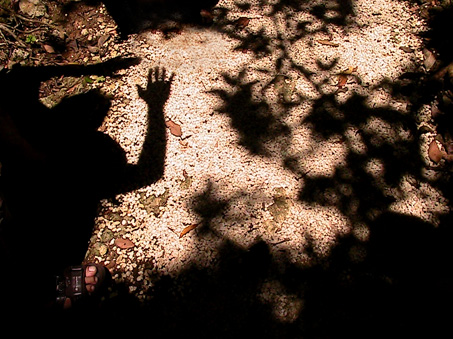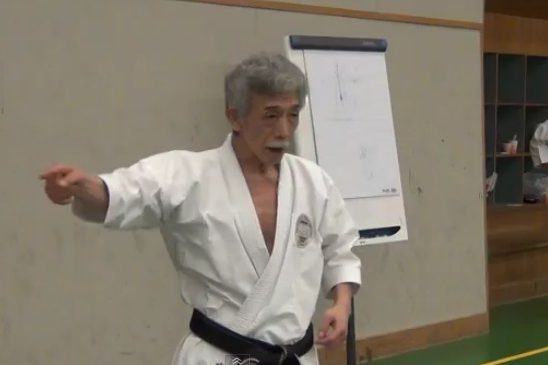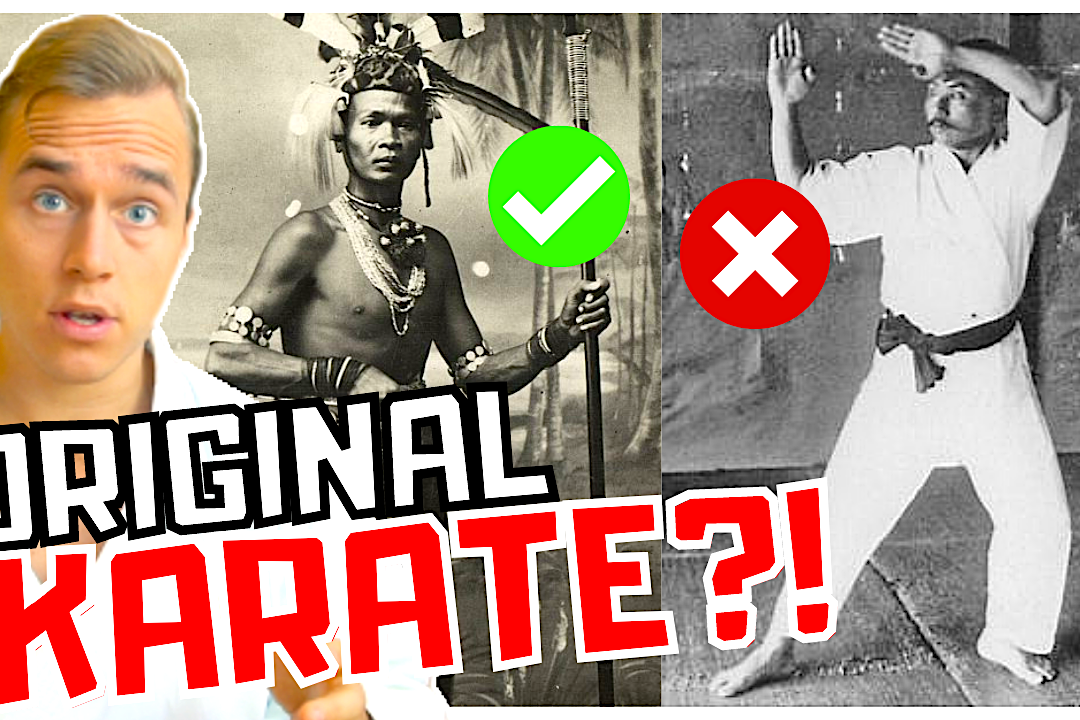Here is the second part of the article on “the styles of Karate”, written by Kanken Toyama (1888-1966).
If you haven’t read part one, please do so.
Here we go, part two!
They say that Shorin-ryu came from the Shorin-ji Kenpo system and Shorei-ryu came from the Shorei-ji Kenpo system. These ancient styles of Shorin-ji Kenpo and Shorei-ji Kenpo are usually described as if they were still in existence, but there is no firm fact or evidence to substantiate this.
They say that Dharma [Daruma/Bodhidharma] built the foundation of the Shorin-ji [more commonly known as the Shaolin] temple about one thousand years ago when Buddhism was introduced into China and a number of Buddhist scriptures were written describing their martial art. There is also a Shorei-ji temple but the location and history of the temple is presently unknown.
The above mentioned traditions [Shorin-ji ryu and Shorei-ji ryu] have no relation in the present day in either form or substance. Further, the result of study and analysis concerning the fistic and kicking techniques revealed that the above methods were basically the same! There is very little difference in the position of the open hand or fist in the above mentioned methods. This difference can also be considered natural, based on the methods of training and of the steady progress one makes during training. In brief, all Kenpo [methods of the fist] have almost the same “form” and purpose as does modern day Karate.
The next styles that we will discuss will be the Goju-ryu and Shito-ryu, but they are almost the same. In the strictest classification of these styles, Goju-ryu is included in Shito-ryu. It can also be said that the name Shito-ryu was devised by using the combination of the initials of Anko Itosu and Kanryo Higaonna who were Shuri-te and Naha-te experts, respectively, and are considered as the ones who brought Karate out of its veil of secrecy and into the modern light.
(I, the author, must state that both Shishu Sensei [Itosu] and Toona Sensei [Higaonna] were my master teachers). Goju-ryu came from the combination of Go-jutsu (using the [hard] techniques of thrusting, piercing, chopping and kicking) and Ju-jutsu (using the [soft] techniques of knocking down, pushing, twisting and arresting).
About ten years ago, I spoke with Mr. Kenwa Mabuni [founder of Shito-ryu] who identified his Karate-style as Shito-ryu. I then asked him about his ideology concerning the meaning of Shito-ryu. His answer was very simple and he stated two reasons. He stated that:
- People need and want the feeling of belonging or identifying with something and;
- That by having a special name of such and such style met that need.
Mr. Mabuni further identified his style as a mixture of Shuri-te and Naha-te and is almost the same as mine. My method of karate is the consolidation of the following experts’ karate styles: Sokon Matsumura the Bushi [warrior], Ankoh Itosu and Kanryo Higaonna. In other words, it is the real, orthodox Karate of Okinawa.
In conclusion, let me explain about Goju-ryu. My good friend, Mr. Chojun Miyagi [founder of Goju-ryu] is the same age as I am. He is a real man of character and his martial art is excellent. He was cut out to be a Karate-man. He was an outstanding trainee of Mr. Kanryo Higaonna and mastered the Naha-te style of Karate. I asked him about his ideology concerning the meaning of Goju-ryu when I spoke with him at the Naha Commercial School in October of 1936. He explained to me that he wanted to express the whole nature of Karate in as simple terms as possible for those people who had no true knowledge or understanding of karate.
Mr. Miyagi stated that all techniques of karate consisted of two methods such as Go-jutsu and Ju-jutsu (explained in the preceding paragraphs). Boxing is a kind of Go-jutsu and Judo is a kind of Ju-jutsu. Some people think that Karate consists of only Go-jutsu techniques but this way of thinking is incorrect. The name Goju-ryu of Mr. Chojun Miyagi tells its own story.
You may state with a real understanding that there is no “ryu” [styles] in Karate but that everything can be united into the orthodox Karate (orthodox Karate is the Karate based on self-perfection while traditional Karate is based on self-protection).
Recently, some Karate-men have used funny and strange sounding names for their own styles of Karate. A Karate-man of this kind does not have a real understanding or knowledge of the orthodox Karate, or he has no confidence in his ability as a Karate-man. He uses these funny sounding names for his own style of Karate as an evasive answer when he has a hard time demonstrating a very difficult technique or even an incomplete one.
I (Kanken Toyama, the author of this article) have been teaching all the “styles” of the orthodox Karate which has already been explained in the preceding paragraphs. I have also been teaching Ubo-kenpo and Ruda-kenpo from Taiwan and China, techniques of Self-Defense for females, Bo-jutsu, Sai-jutsu, Nunchaku-jutsu and Tuifa-jutsu at my Shudokan training hall. In other words, I have been teaching all the techniques of the orthodox Karate of Okinawa.



18 Comments